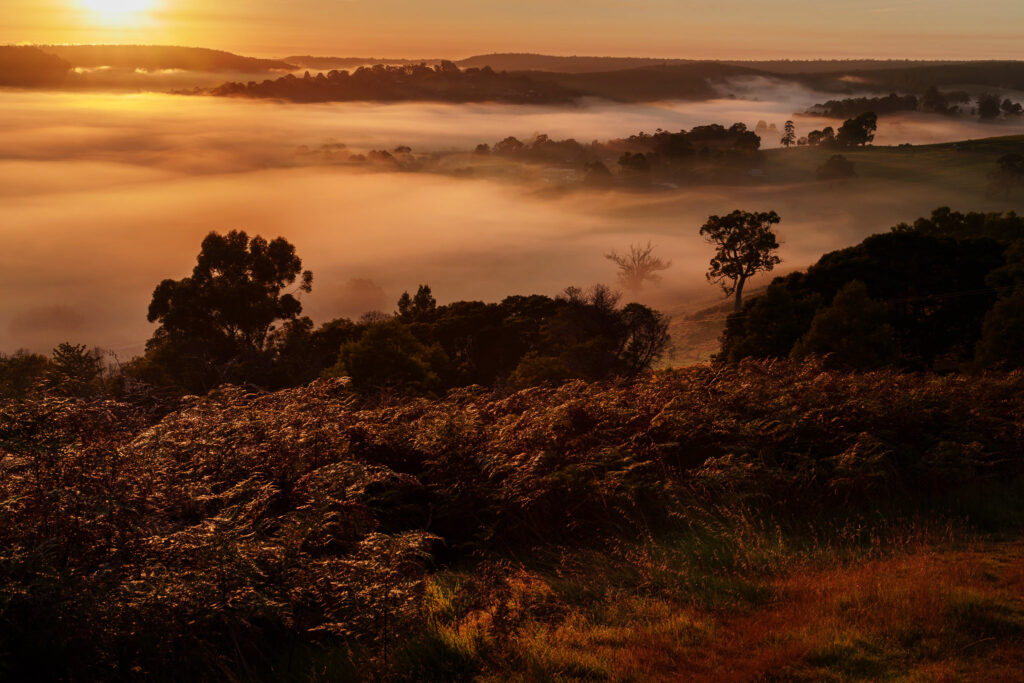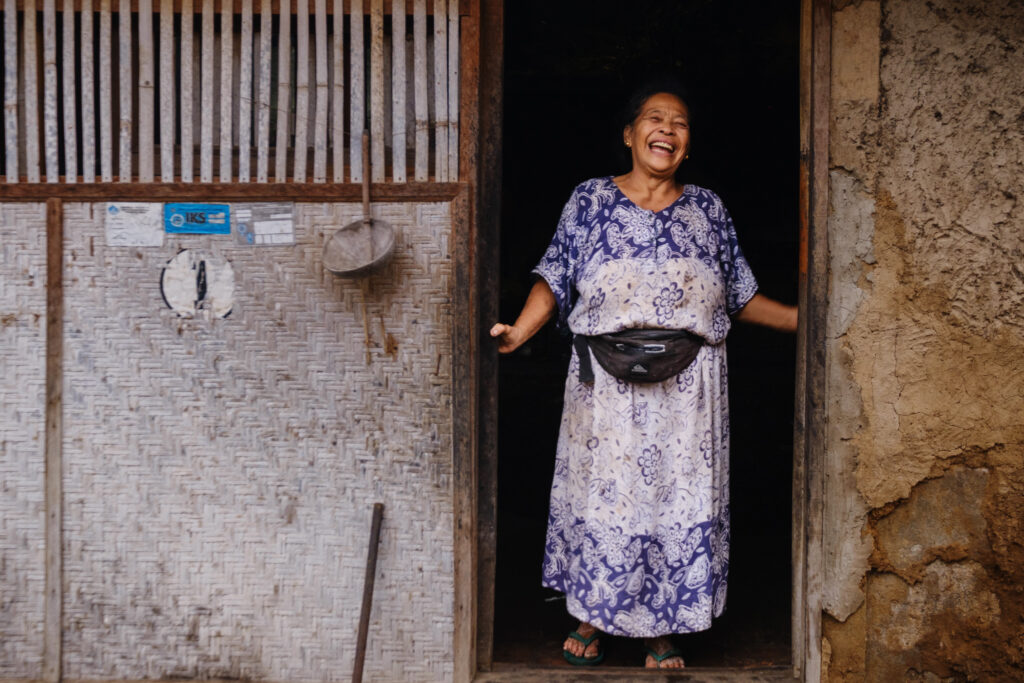Great Photos Aren’t Made with Settings Alone

I don’t know where it’s come from, but many photographers have become so consumed with “getting it right in camera” that sometimes we forget the most important part of photography: seeing. And I don’t mean glancing at the LCD screen to see what aperture, shutter speed or ISO you’re using, or peeking at the histogram to check that the bell-curve is perfect. I mean really looking at what’s in front of us. Engaging with it. Reading the light. Noticing whats around the edges of the frame. Feeling what’s happening in the scene.
I’m going to say something that might ruffle a few feathers: a perfectly exposed, perfectly focused, technically immaculate photo isn’t necessarily a good photo.
At a recent workshop, I found myself coming back to this point again and again — and it clearly resonated with the participanbts, because I kept seeing that same look on faces: part relief, part revelation. The truth is, in a world where RAW editing gives us incredible latitude in post — where we can nudge exposure, recover highlights, lift shadows, tweak white balance and more — our time in the field is better spent paying attention to the moment than obsessing over what our camera thinks is a perfect exposure.
Because your camera doesn’t care if there’s a rogue lamp post poking out of someone’s head. It won’t notice the bright spot at the edge of the frame drawing attention away from your subject. And it certainly won’t tell you when someone’s expression shifts into something real, something vulnerable. That’s your job. That’s why you’re there.
I’m not saying we should totally ignore the settings. If your exposure is completely off or you’ve missed focus entirely, of course it’s an issue. But far too often, I see photographers spending their energy staring at their LCD and re-checking their adjustments to “get the tiny little line exactly at 0 in the exposure scale” or worrying that their exposure is “too dark” or that ” their photo isn’t the same exposure as the one on the next person’s camera” — essentially interacting with their camera instead of the world.
I’d argue this obsession with “nailing it” technically has become at best a kind of comfort zone or, at worst, a yoke or strait jacket. You can hide behind it. You can say, “Well, I did everything right,” even if the image itself says nothing. It’s easy to trust the machine. It’s harder to trust your eye, your instinct, your emotional response to a scene. But that’s where the magic in photography lies.
When you walk into a scene — whether it’s a sweeping landscape, a busy street corner, or a quiet moment with a portrait subject — your first job isn’t to check the histogram. It’s to be present.
Take a breath. Look around. Where’s the light coming from? What’s happening in the background? Is there tension somewhere in the frame? Is something about to happen? What’s the emotional temperature of the scene?
These are the kinds of questions that lead to compelling images. And they can’t be answered by your settings dial.
The more present you are, the more you start to notice the small but critical things: specular highlights catching the eye in the wrong place. A gesture you wouldn’t have seen if you were buried in your camera menu. The way someone softens when you stop treating them like a subject and start treating them like a person.
Nowhere is this more important than in portrait work. When you’re shooting people, your attention is your currency. If you’re half-present — one eye on their face, one eye on your settings — it shows. People pick up on it. They stiffen. The moment becomes transactional.
But if you’re fully present — if you’re listening, watching, waiting — that’s when people reveal themselves. That’s when portraits stop being pictures of someone and start becoming images about someone.
That kind of engagement can’t be Photoshopped in. No plugin, no AI, no Lightroom preset can manufacture it after the fact.
Remember: the camera’s job is to respond to your vision, not dictate it.
Shooting RAW has opened up so much creative freedom that we’re no longer locked into getting the technicals perfect in the moment — and that’s not a shortcut or a cop-out. It’s a gift. It means we can move faster, think more freely, and prioritise what really matters: light, moment, composition, connection.
So if you find yourself out in the field and notice you’ve slipped into checklist mode — exposure, focus, white balance, tick tick tick — pause. Step back. Look up.
Ask yourself, “What am I not seeing right now because I’m busy trying to get this ‘right’?”
Then start again. Eyes first. Heart second. Camera third.
Because great photos don’t come from settings. They come from seeing.


No Comments